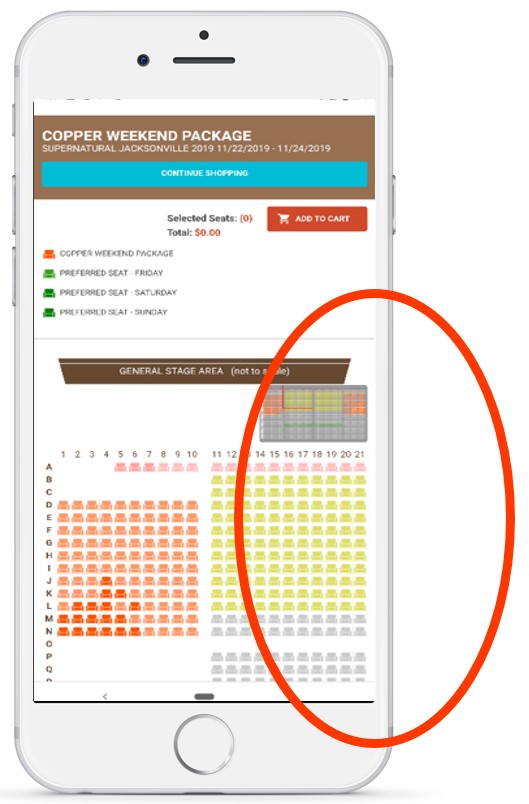All functionality that uses multipoint or path-based gestures for operation can be operated with a single pointer without a path-based gesture, unless a multipoint or path-based gesture is essential.
Note
This requirement applies to web content that interprets pointer actions (i.e., this does not apply to actions that are required to operate the user agent or assistive technology).
About Success Criterion 2.5.1: Pointer Gestures

All functionality that relies on multi-point or path-based gestures can be operated using a single-point interaction unless a multi-point or path-based gesture is strictly necessary.
This approach aligns with similar principles outlined in the mobile accessibility guidelines, which emphasize minimizing the reliance on complex gestures. The primary objective is to enable users to operate touch screens using only one finger, a screen reader, a keyboard or voice. For example, actions such as pinch zoom should be accessible through single-point interactions to improve accessibility for users with physical disabilities or those using screen readers that cannot emulate multi-touch gestures. Basically any touch gesture should have an accessible alternative.
An illustrative example is a mobile booking system where additional information is revealed by swiping to the left, which may be inaccessible to many users and potentially incompatible with screen readers. Such gesture-based interactions can pose accessibility barriers and should be replaced with accessible alternatives that do not require complex gestures.
Resources
- Mobile Site and Native App Accessibility Testing Guidelines (look for Requirement 2.2: Touch Gestures in the Test Cases documents)
- Mobile Accessibility Testing Guidelines Webinar